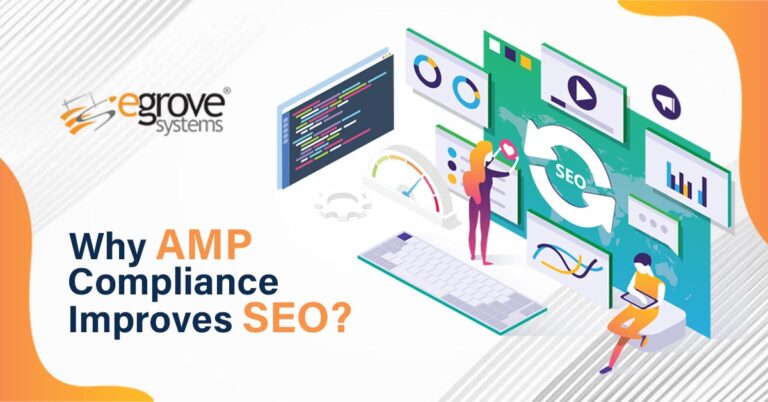What is SEO-friendly Web Design?
If you own a website, chances are you already know what search engine optimization is. Making your website SEO Friendly, which means complying with the search engines algorithm, is super important for any website or blog owner. No matter how good your website is, you need SEO to allow Google to index your website and rank it better on the search engines.
Read More About: Site Optimizer Analysis For Better SEO Ranking
The first and foremost factor that determines the success and ranking of your website is the visibility of your webpage to the search engines. Contrary to the common belief, there is much more to an SEO Friendly website than keyword insertion.
Why is SEO Important?
Gone are the days when people would stuff their content with keywords and expect the search engines to rank their website on the top page. However, a lot has changed today. There are so many factors that affect your website’s ranking, for example, mobile compatibility, loading speed, quality of content, keyword utilization, multimedia content (such as graphs, images, and videos), and so on.
Read More: Three Golden Tips To Write Web Content
Do you know less than 1% of people prefer to check websites that appear on the second page of the search engines? So, there is no point in creating a website that doesn’t rank on the first page. Sure, there are many ways of earning traffic to your page. But the most common and popular method of generating organic traffic to your website is optimizing it for search engines. Let’s see how you can improve your website’s ranking.
On-page Optimization
In order to let search engines crawl and index your website, you must use on-page SEO strategies. The better your on-site SEO strategies are, the higher the ranking you get on the search engines.
Here are some tips for boosting your website’s on-page SEO:
- Building the right keyword strategy is the first step to on-page website optimization. Keywords are the terms that your visitors type in the search bar to find information. You must search the right keywords and use them properly.
- Once you have added keywords to your content, the next step is to write an effective and engaging meta-description. It should be somewhere between 120 and 160 characters.
- Use internal links to help search engines index all your pages.
- Design a mobile-compatible website that delivers a great user experience.
Read More: On Page SEO Element Analysis For Better Page Ranking
Off-Page Optimization
On-page optimization may not work alone. To earn authority, you need to earn backlinks and mentions from the authority websites. Basically, off-page SEO is the offline promotion of your website.
The best way to improve your off-site optimization is to earn backlinks from websites with higher authority. You can do it by guest blogging, sweet-pitching, interviewing influencers, and writing high-quality content. Never use black hat SEO tactics for search engine rankings. Google can penalize your website if you purchase or sell backlinks, copy other website’s content, and stuff keywords in your posts.
SEO-friendly web design is imperative in today’s digital world. You must use both on-page and off-page optimization techniques to improve your website’s ranking, to know more read Traffic Without Building Links







